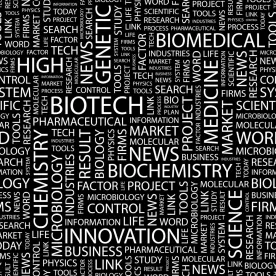President Joseph Biden’s September 12, 2022, Executive Order (EO) creating a National Biotechnology and Biomanufacturing Initiative directs the U.S. Department of Commerce’s (DOC) Bureau of Economic Analysis (BEA) to assess “the feasibility, scope, and costs of developing a national measurement of the economic contributions of the bioeconomy.” As reported in our March 30, 2023, blog item, BEA released a March 2023 report on Developing a National Measure of the Economic Contributions of the Bioeconomy that assesses the feasibility of measuring the economic contributions of the U.S. bioeconomy. The report also includes an assessment of what is needed to measure these contributions better and more accurately.
According to the report, in the case of the bioeconomy, researchers, potential data users, and other stakeholders have different (and competing) ideas of how the bioeconomy should be defined and which industries should be included or excluded. The report states that these different ideas can be summarized into three distinct visions for the bioeconomy:
-
Biotechnology: The biotechnology vision focuses on emerging industries and products enabled by innovation in the life sciences, particularly in genetic engineering; in this vision, established industries such as agriculture and forestry are typically not included;
-
Bioresources: The bioresources vision focuses on understanding the flow of biological resources, such as biomass and biofuels, through the economy; in this vision, the agriculture and forestry industries are included as foundational components of the bioeconomy; and
-
Bioecology: The bioecology vision focuses on the contributions of the bioeconomy to sustainability and the environment; this vision may specifically exclude some products or industries, such as genetically engineered crops.
The report states that it finds that developing a comprehensive bioeconomy satellite account encompassing all concepts of the bioeconomy appears technically feasible. The report notes that “[s]uch a broad approach would roughly correspond to similar efforts by the European Union (EU) and other international organizations but would not address data users’ preferences for an account more focused on a specific vision of the bioeconomy.” The report states that “[d]eveloping a consistent, ongoing bioeconomy satellite account broken down along the lines of specific visions of the bioeconomy, such as biotechnology, is likely infeasible at this time due to both a lack of existing data on which to base such an account and a lack of consensus on practical measurement definitions.”




 />i
/>i

